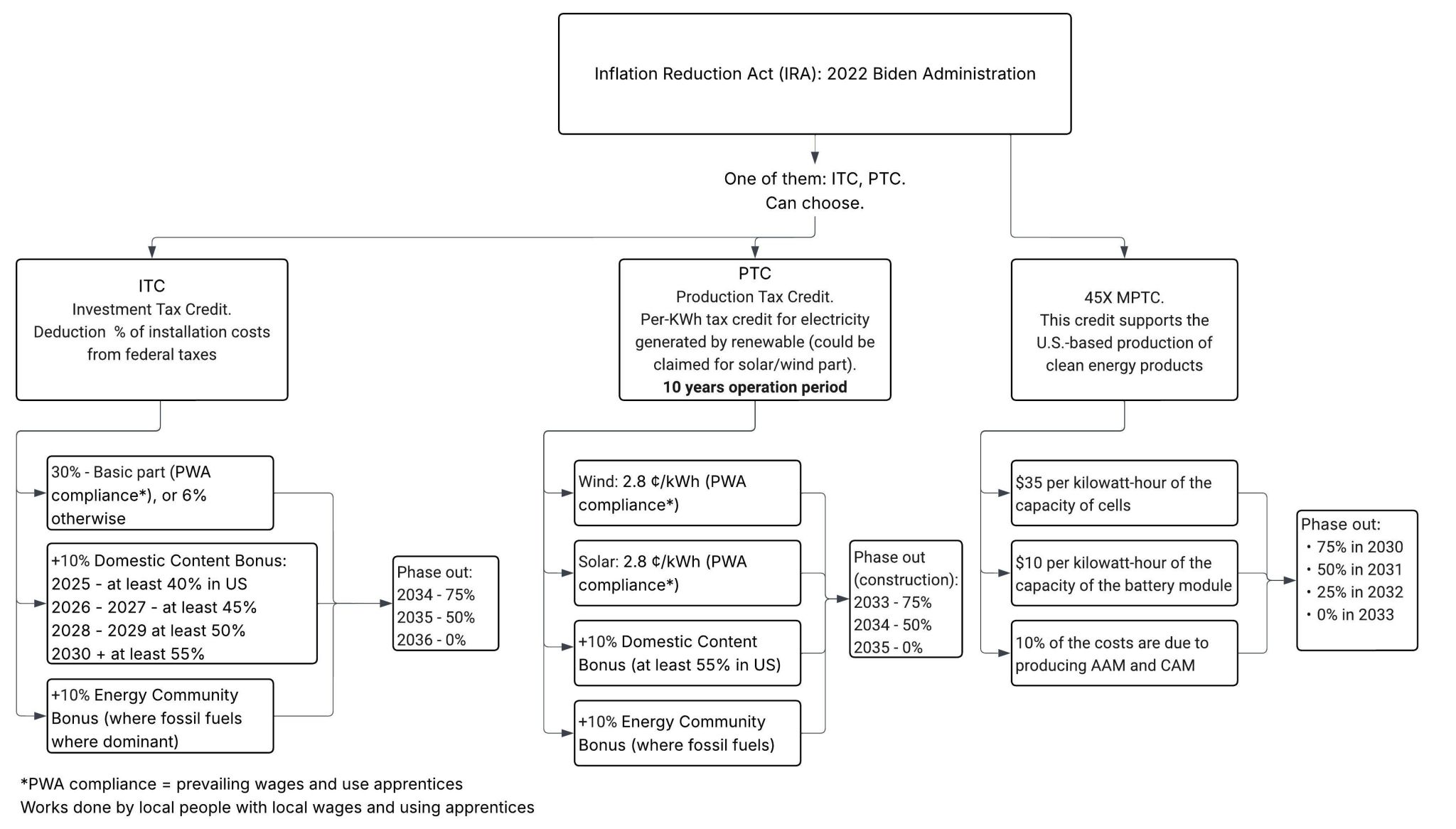The Magic of User Personas
Understanding and aligning with your target customer is an art. User personas act as a canvas for this art, ensuring everyone on the product team is painting the same picture. Without it, imagine a group of artists attempting to paint a scene, but each with a different landscape in mind. The end result? A mishmash of ideas. This is why personas play an essential role. They keep every team member informed and aligned, guiding their individual choices to contribute to a cohesive product experience.
Breaking Down a Persona
So, what does a persona look like? A well-constructed persona is like a passport into the heart of your customer. Typically, it captures:
- Name: Humanizing the user.
- Photograph: A visual representation.
- Quote: Echoing their primary concerns or wishes.
- Job Title & Demographics: Background details.
- Needs & Goals: What are they trying to achieve?
- Attitudes & Motivations: The driving forces.
- Tasks & Behaviors: Daily routines and habits.
- Pain Points: Their challenges and problems.
- Expertise Level: In relevant fields or technologies.
- Product Usage Context: Where and when do they use the product?
- Tech Adoption Stage: Early adopter? Laggard?
- Other Traits: Any other notable characteristics.
The image and the quote especially are the heartbeat of the persona, making it memorable.
But where does this insightful information come from? Start with your existing customers. Dive into interviews, surveys, and feedback. However, while analyzing this data, remember: your persona needs to represent real individuals, not a mythical "average" user. For new ventures, you'll rely on hypothesis and market research, refining as you interact with potential customers.
Be it the "customer discovery" approach or the "contextual inquiry" method, the key is iteration. Keep refining your persona until you're confident it represents a genuine segment with unmet needs that your product can fulfill.
Example of user persona (You can download template here):

Benefits of Using User Personas:
- Empathy: Personas help design and product teams to relate to users on a personal level, focusing on real needs and feelings.
- Focused Design: Personas provide a clear understanding of user needs and goals, guiding the design process.
- Better Decision Making: When faced with design or feature choices, teams can ask, "What would [Persona Name] prefer?"
- Stakeholder Alignment: Personas offer a shared understanding and language for discussing user needs.
Pitfalls to Avoid
Not all persona experiences are positive. Poorly designed personas can either lack vital information or drown in unnecessary details. The trick is to strike a balance. And remember, a persona is not a replacement for continuous customer engagement. If your team isn’t utilizing personas, it might be worth revisiting their purpose and importance.
Finished persona is not a replacement for continuous customer engagement.
Some businesses find their product attracts multiple customer types. In such cases, multiple personas are necessary. And as you refine your product, you might discover niche segments that resonate more with your product. Engaging with these passionate users can offer a wealth of insights.
Conclusion
Having established a clear picture—or hypothesis—of your target customer, helps to establish alignment within the team and the journey proceeds to the next phase: diving deep into understanding customer needs. But remember regular updates based on fresh research and feedback are essential, as persona shouldn't stay static





